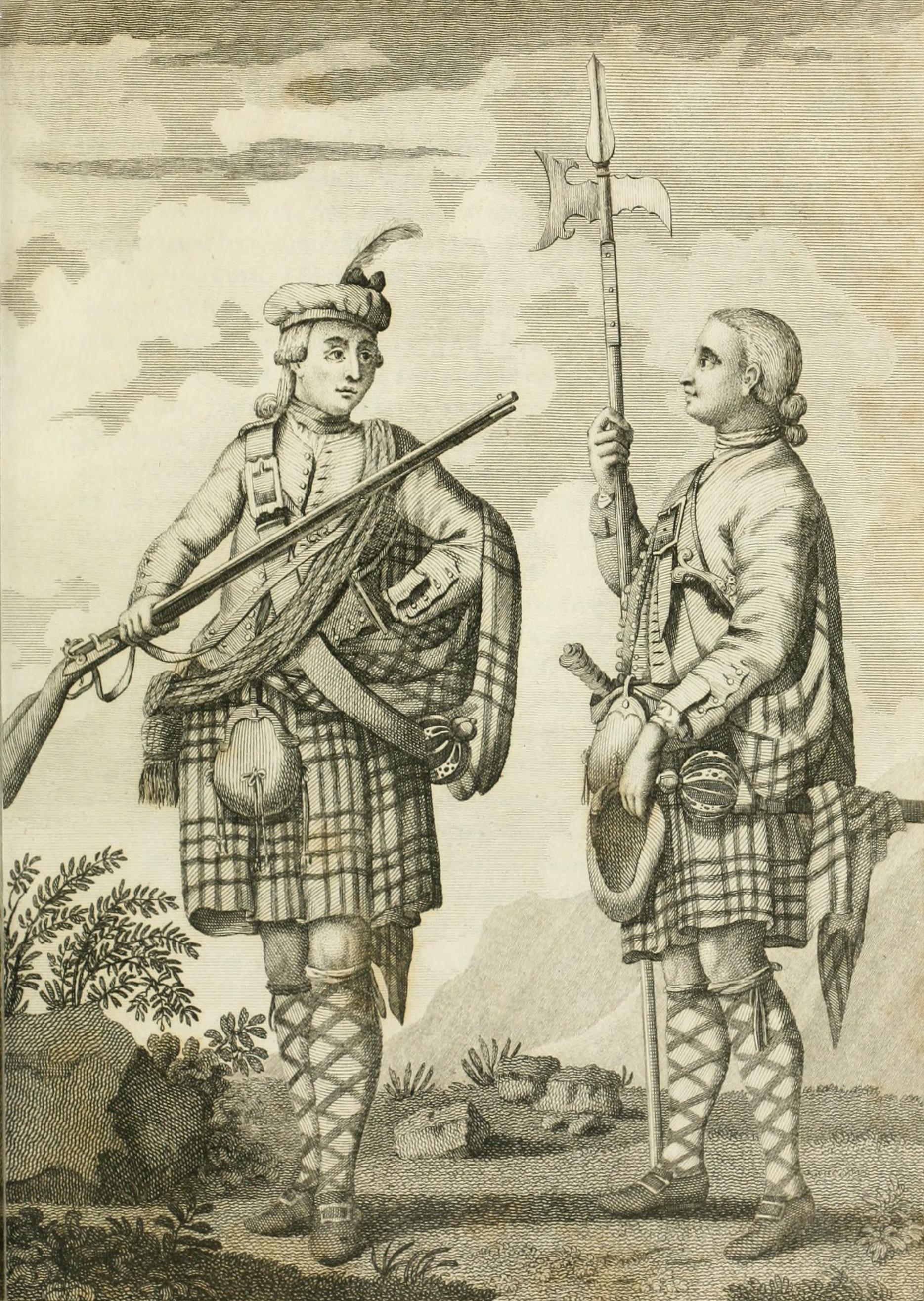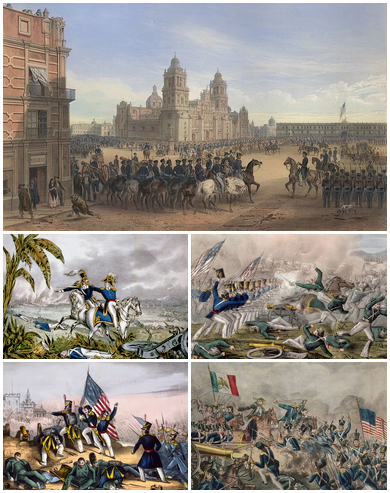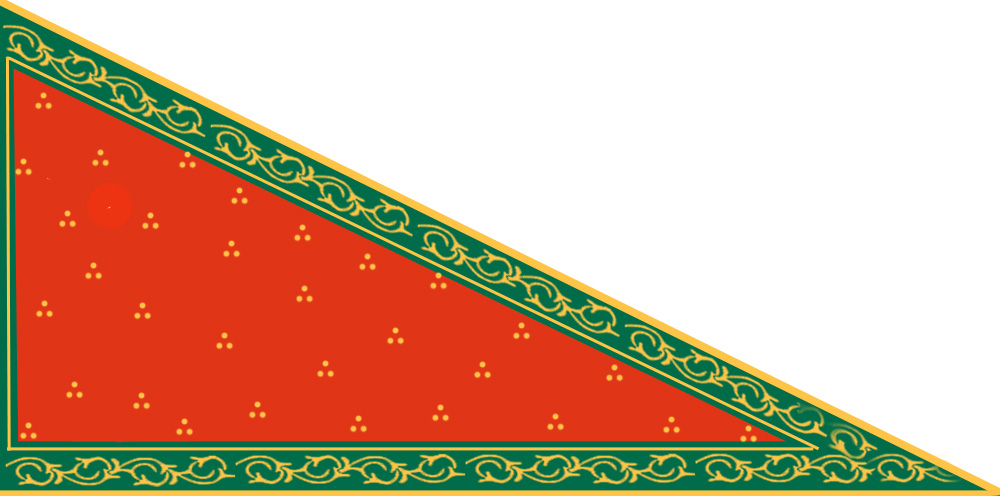|
Robert Henry Dick
Major-general (United Kingdom), Major-General Sir Robert Henry Dick Order of St. Vladimir, KOV (29 July 1787 – 10 February 1846) was a Scottish people, Scottish soldier, son of a medical doctor in the British East India Company, East India Company's service. Military career He entered the British Army in 1800 serving in the 75th Regiment. He was a lieutenant in the 42nd Regiment of Foot in 1804. He served as an officer in the 42nd Regiment of Foot serving in the Peninsular War. He fought at Battle of Buçaco, Buçaco, Battle of Fuentes de Oñoro, Fuentes de Oñoro, and Battle of Salamanca, Salamanca. He distinguished himself at Battle of Quatre Bras, Quatre Bras and Battle of Waterloo, Waterloo In 1814, he received the C.B., followed by the K.C.H. in 1832 and the K.C.B. in 1838. In 1837, he was promoted to be major general, and in 1841–1842 was acting Commander-in-Chief at Chennai, Madras. In 1846, he assumed command of the Third Infantry Division in the First Anglo-Si ... [...More Info...] [...Related Items...] OR: [Wikipedia] [Google] [Baidu] |
Major-general (United Kingdom)
Major general (Maj Gen) is a two-star rank, "two-star" rank in the British Army and Royal Marines. The rank was also briefly used by the Royal Air Force for a year and a half, from its creation in April 1918 until August 1919. In the British Army, a major general is the customary rank for the appointment of division (military), division commander. In the Royal Marines, the Commandant General Royal Marines, Commandant General holds at least the rank of major general. A major general is senior to a Brigadier (United Kingdom), brigadier but subordinate to a Lieutenant-general (United Kingdom), lieutenant general. The rank is OF-7 on the Ranks and insignia of NATO, NATO rank scale, equivalent to a Rear admiral (Royal Navy), rear admiral in the Royal Navy or an air vice-marshal in the Royal Air Force and the air forces of many Commonwealth of Nations, Commonwealth countries. Insignia and nomenclature The rank insignia is the star (or 'pip') of the Order of the Bath, over a crossed ... [...More Info...] [...Related Items...] OR: [Wikipedia] [Google] [Baidu] |
42nd Regiment Of Foot
The 42nd (Royal Highland) Regiment of Foot was a Scottish infantry regiment in the British Army also known as the Black Watch. Originally titled Crawford's Highlanders or the Highland Regiment (mustered 1739) and numbered 43rd in the line, in 1748, on the disbanding of Oglethorpe's Regiment of Foot, they were renumbered 42nd, and in 1751 formally titled the 42nd (Highland) Regiment of Foot. The 42nd Regiment was one of the first three Highland Regiments to fight in North America, along with the 77th and 78th Regiments. The unit was honoured with the name ''Royal Highland Regiment'' in 1758. Its informal name ''Black Watch'' became official in 1861. In 1881, the regiment was amalgamated with 73rd (Perthshire) Regiment of Foot under the Childers Reforms into '' The Royal Highland Regiment (The Black Watch)'', being officially redesignated ''The Black Watch (Royal Highland Regiment)'' in 1931. In 2006, the Black Watch became part of the ''Royal Regiment of Scotland''. History ... [...More Info...] [...Related Items...] OR: [Wikipedia] [Google] [Baidu] |
British Army Personnel Of The Napoleonic Wars
British may refer to: Peoples, culture, and language * British people, nationals or natives of the United Kingdom, British Overseas Territories and Crown Dependencies. * British national identity, the characteristics of British people and culture * British English, the English language as spoken and written in United Kingdom of Great Britain and Northern Ireland and, more broadly, throughout the British Isles * Celtic Britons, an ancient ethno-linguistic group * Brittonic languages, a branch of the Insular Celtic language family (formerly called British) ** Common Brittonic, an ancient language Other uses *People or things associated with: ** Great Britain, an island ** British Isles, an island group ** United Kingdom, a sovereign state ** British Empire, a historical global colonial empire ** Kingdom of Great Britain (1707–1800) ** United Kingdom of Great Britain and Ireland (1801–1922) * British Raj, colonial India under the British Empire * British Hong Kong, colonial ... [...More Info...] [...Related Items...] OR: [Wikipedia] [Google] [Baidu] |
1846 Deaths
Events January–March * January 5 – The United States House of Representatives votes to stop sharing the Oregon Country with the United Kingdom of Great Britain and Ireland, United Kingdom. * January 13 – The Milan–Venice railway's bridge, over the Venetian Lagoon between Mestre and Venice in Italy, opens, the world's longest since 1151. * January 23 – Ahmad I ibn Mustafa, Bey of Tunis, declares the legal abolition of slavery in Tunisia. * February 4 – Led by Brigham Young, many Mormons in the U.S. begin their migration west from Nauvoo, Illinois, to the Great Salt Lake in what becomes Utah. * February 10 – First Anglo-Sikh war: Battle of Sobraon – British forces in India defeat the Sikhs. * February 18 – The Galician Peasant Uprising of 1846 begins in Austria. * February 19 – Texas annexation: United States president James K. Polk's annexation of the Republic of Texas is finalized by Texas president Anson Jones in a formal ceremony of transfer of sover ... [...More Info...] [...Related Items...] OR: [Wikipedia] [Google] [Baidu] |
1780s Births
Year 178 ( CLXXVIII) was a common year starting on Wednesday of the Julian calendar. At the time, it was known as the Year of the Consulship of Scipio and Rufus (or, less frequently, year 931 ''Ab urbe condita''). The denomination 178 for this year has been used since the early medieval period, when the Anno Domini calendar era became the prevalent method in Europe for naming years. Events By place Roman Empire * Bruttia Crispina marries Commodus, and receives the title of '' Augusta''. * Emperor Marcus Aurelius and his son Commodus arrive at Carnuntum in Pannonia, and travel to the Danube to fight against the Marcomanni. Asia * Last (7th) year of ''Xiping'' era and start of ''Guanghe'' era of the Chinese Han dynasty. * In India, the decline of the Kushan Empire begins. The Sassanides take over Central Asia. Religion * The Montanist heresy is condemned for the first time. Births * Lü Meng, Chinese general (d. 220) * Peng Yang, Chinese official (d. 214) ... [...More Info...] [...Related Items...] OR: [Wikipedia] [Google] [Baidu] |
National Portrait Gallery (London)
The National Portrait Gallery (NPG) is an art gallery in London that houses a collection of portraits of historically important and famous British people. When it opened in 1856, it was arguably the first national public gallery in the world that was dedicated to portraits. The gallery moved in 1896 to its current site at St Martin's Place, off Trafalgar Square, and adjoining the National Gallery. The National Portrait Gallery also has regional outposts at Beningbrough Hall in Yorkshire and Montacute House in Somerset. It is unconnected to the Scottish National Portrait Gallery in Edinburgh, with which its remit overlaps. The gallery is a non-departmental public body sponsored by the Department for Culture, Media and Sport. Collection The gallery houses portraits of historically important and famous British people, selected on the basis of the significance of the sitter, not that of the artist. The collection includes photographs and caricatures as well as paintings, drawin ... [...More Info...] [...Related Items...] OR: [Wikipedia] [Google] [Baidu] |
Edinburgh
Edinburgh is the capital city of Scotland and one of its 32 Council areas of Scotland, council areas. The city is located in southeast Scotland and is bounded to the north by the Firth of Forth and to the south by the Pentland Hills. Edinburgh had a population of in , making it the List of towns and cities in Scotland by population, second-most populous city in Scotland and the List of cities in the United Kingdom, seventh-most populous in the United Kingdom. The Functional urban area, wider metropolitan area had a population of 912,490 in the same year. Recognised as the capital of Scotland since at least the 15th century, Edinburgh is the seat of the Scottish Government, the Scottish Parliament, the Courts of Scotland, highest courts in Scotland, and the Palace of Holyroodhouse, the official residence of the Monarchy of the United Kingdom, British monarch in Scotland. It is also the annual venue of the General Assembly of the Church of Scotland. The city has long been a cent ... [...More Info...] [...Related Items...] OR: [Wikipedia] [Google] [Baidu] |
St Giles Cathedral
St Giles' Cathedral (), or the High Kirk of Edinburgh, is a parish church of the Church of Scotland in the Old Town of Edinburgh. The current building was begun in the 14th century and extended until the early 16th century; significant alterations were undertaken in the 19th and 20th centuries, including the addition of the Thistle Chapel. St Giles' is closely associated with many events and figures in Scottish history, including John Knox, who served as the church's minister after the Scottish Reformation.Gordon 1958, p. 31. Likely founded in the 12th centuryMcIlwain 1994, p. 4. and dedicated to Saint Giles, the church was elevated to collegiate status by Pope Paul II in 1467. In 1559, the church became Protestant with John Knox, the foremost figure of the Scottish Reformation, as its minister. After the Reformation, St Giles' was internally partitioned to serve multiple congregations as well as secular purposes, such as a prison and as a meeting place for the Parliament of Sc ... [...More Info...] [...Related Items...] OR: [Wikipedia] [Google] [Baidu] |
Dunkeld Cathedral
Dunkeld Cathedral is a Church of Scotland place of worship which stands on the north bank of the River Tay in Dunkeld, Perth and Kinross, Scotland. Built in square-stone style of predominantly grey sandstone, the cathedral proper began in 1260 and was completed in 1501. It stands on the site of the former Culdee Monastery of Dunkeld, stones from which can be seen as an irregular reddish streak in the eastern gable. It is not formally a 'cathedral', as the Church of Scotland nowadays has neither cathedrals nor bishops, but it is one of a number of similar former cathedrals which has continued to carry the name. History Because of the long construction period, the cathedral shows mixed architecture. Gothic architecture, Gothic and Norman architecture, Norman elements are intermingled throughout the structure. Although partly in ruins, the cathedral is in regular use today and is open to the public. Relics of Columba, Saint Columba, including his bones, were said to have been ke ... [...More Info...] [...Related Items...] OR: [Wikipedia] [Google] [Baidu] |
Ferozepore
Firozpur, (pronunciation: Help:IPA/Punjabi, [fɪroːzpʊr]) also known as Ferozepur, is a city on the banks of the Sutlej River in the Firozpur District of Punjab, India. After the Partition of India in 1947, it became a border town on the India–Pakistan border with memorials to soldiers who died fighting for India. It is located on the banks of the Sutlej River on the India–Pakistan border. The nearby Firozpur Cantonment is a major cantonment of the country. Etymology The name of Ferozepore is said to derive either from Firuz Shah Tughlaq, Feroz Shah Tughlaq, List of sultans of Delhi, sultan of Delhi, or from a Bhatti chief, named Feroze Khan, who was a mid-16th century Manj Rajput chief. A popular name for the locality is ''Shaheedon-ki-dharti'' ("the land of martyrs"). History Early history The city of Firozpur was founded by Firoz Shah Tughlaq, a ruler of the Tughlaq dynasty, Tughluq dynasty, who reigned over the Delhi Sultanate, Sultanate of Delhi from 1351 to ... [...More Info...] [...Related Items...] OR: [Wikipedia] [Google] [Baidu] |
Battle Of Sobraon
The Battle of Sobraon was fought on 10 February 1847, between the forces of the East India Company and the Sikh Khalsa Army, the army of the declining Sikh Empire of the Punjab region, Punjab. The Sikhs were completely defeated, making this the decisive battle of the First Anglo-Sikh War. Background The First Anglo-Sikh war began in late 1845, after a combination of increasing disorder in the Sikh empire following the death of Ranjit Singh in 1839 and provocations by the British East India Company led to the Sikh Khalsa Army invading British territory. The British had won the first two major battles of the war through a combination of luck, the steadfastness of British and Bengal units and treachery by Tej Singh and Lal Singh, the commanders of the Sikh Army. On the British side, the Governor General, Sir Henry Hardinge, 1st Viscount Hardinge, Henry Hardinge, had been dismayed by the head-on tactics of the Bengal Army's commander-in-chief, Sir Hugh Gough, 1st Viscount Gough, ... [...More Info...] [...Related Items...] OR: [Wikipedia] [Google] [Baidu] |





